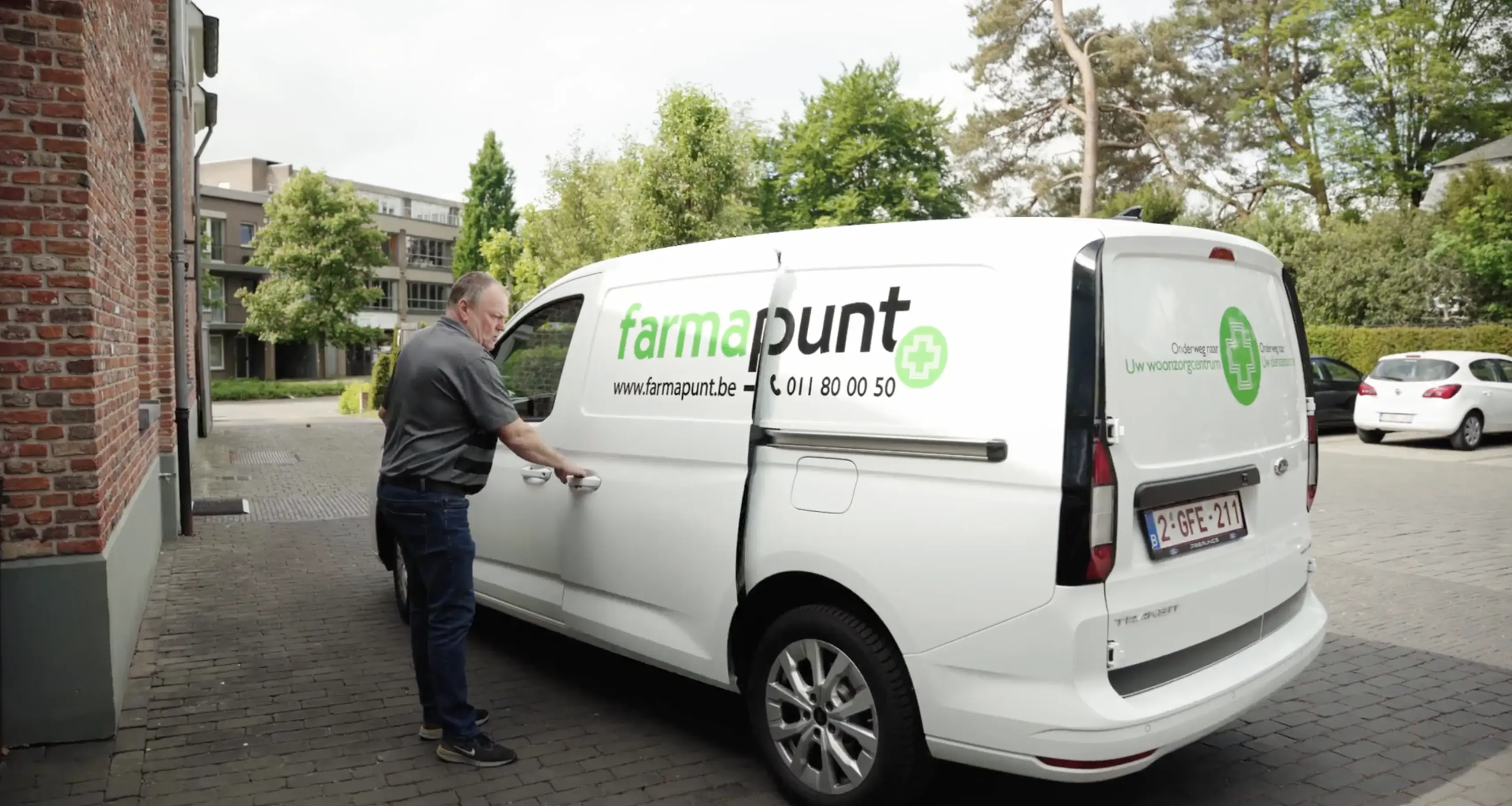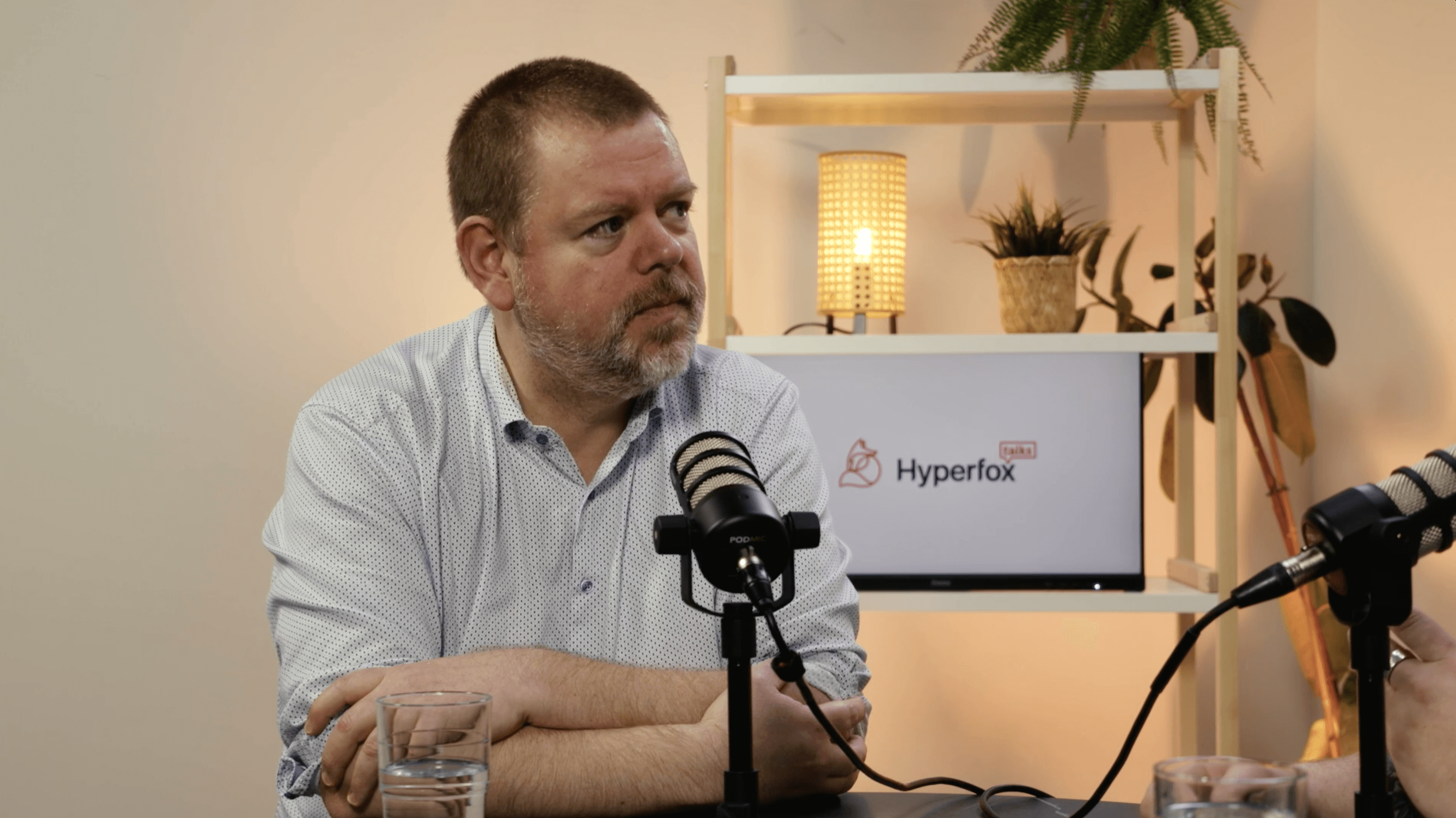Discover the secrets of operational efficiency and process automation with the Value Innovation Matrix. Learn how to transform your business processes for peak performance.
In the fast moving landscape of business operations, the quest for operational efficiency is not just a goal; it's a necessity for growth. In this blog post, we explore an innovative tool that is changing the game in process automation: the Value Innovation Matrix. It is a tool that has become a cornerstone at Hyperfox for achieving operational excellence.
The essence of process automation
Process automation involves the use of technology to execute at least repetitive tasks within business operations, thus minimising human intervention and enhancing efficiency. This concept is crucial in operational processes and process re-engineering, where the goal is to streamline workflows, reduce errors, and increase productivity.
The Value Innovation Matrix: A Strategic Tool
At Hyperfox, we've often use a unique approach to identify and implement process automation – the Value Innovation Matrix. This simple yet powerful tool consists of a quadrant system that helps in assessing and prioritising automation opportunities based on two key parameters: effort and impact.









